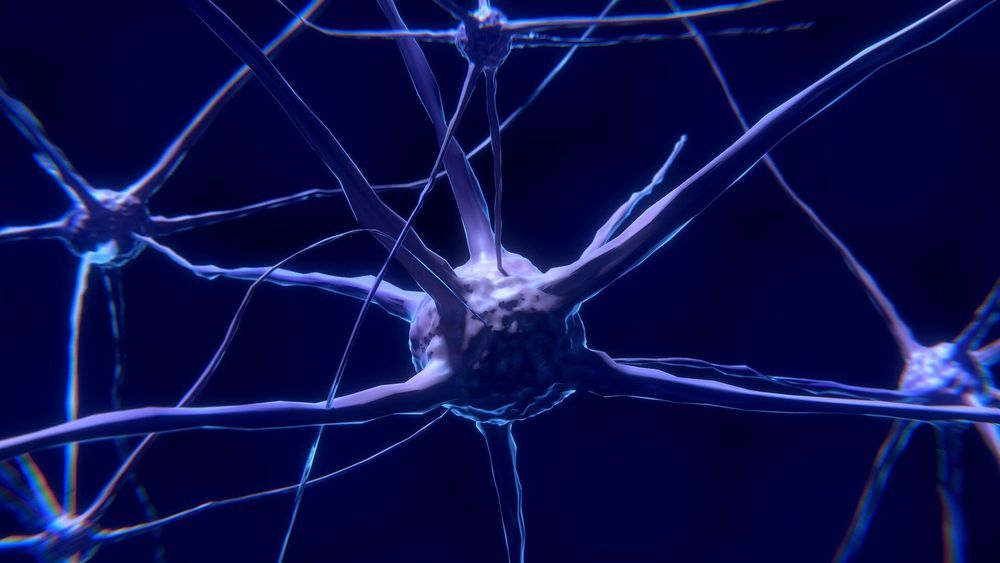By Emily Reynolds. Couples who listened to sounds together showed more similar activity in brain areas involved in attention than those who were apart.



Summary: Certain personality traits could increase the risk of developing mild cognitive impairment, a new study reports. Openness was associated with a 6% reduced risk of developing a pre-dementia condition, while those who scored higher for neuroticism had a 6% increased risk of MCI.
Source: Wiley
A study published in the Journal of the American Geriatrics Society examined five personality traits–neuroticism, extraversion, conscientiousness, agreeableness, and openness–and their links to pre-dementia conditions called motoric cognitive risk (MCR) and mild cognitive impairment (MCI) syndromes.



Summary: Researchers report the same subset of neurons encode actual and illusory flow motion, supporting the concept Jan Purkinje proposed 150 years ago, that “illusions contain visual truth”.
Source: SfN.
A study of humans and monkeys published in Journal of Neuroscience has found the same subset of neurons encode actual and illusory complex flow motion. This finding supports, at the level of single neurons, what the Czech scientist Jan Purkinje surmised 150 years ago: “Illusions contain visual truth.”



A new UC San Francisco study has pinpointed a specific pattern of brain waves that underlies the ability to let go of old, irrelevant learned associations to make way for new updates. The research is the first to directly show that a particular behavior can be dependent on the precise synchronization of high-frequency brain waves in different parts of the brain, and might open a path for developing interventions for certain psychiatric disorders, including schizophrenia.


Who has heard of mitochondrial medicine?
“We know that increased rates of mtDNA mutation cause premature aging,” said Bruce Hay, Professor of biology and biological engineering at the California Institute of Technology. “This, coupled with the fact that mutant mtDNA accumulates in key tissues such as neurons and muscle that lose function as we age, suggests that if we could reduce the amount of mutant mtDNA, we could slow or reverse important aspects of aging.”
This brings us to the second major development relevant to mitochondria in disease — that genetic technology is now at a point where the targeted removal of the problem mitochondrial genes can become the basis for clinical intervention. This is the implication of research that Hay and colleagues both at Caltech and the University of California at Los Angeles described in a paper published in the journal Nature Communications.
Fixing body tissues by knocking out genes that prevent bad mitochondrial from being ousted in a timely fashion might sound like science fiction, but that’s where things are going and it’s part of a growing trend of what’s being described as mitochondrial medicine.